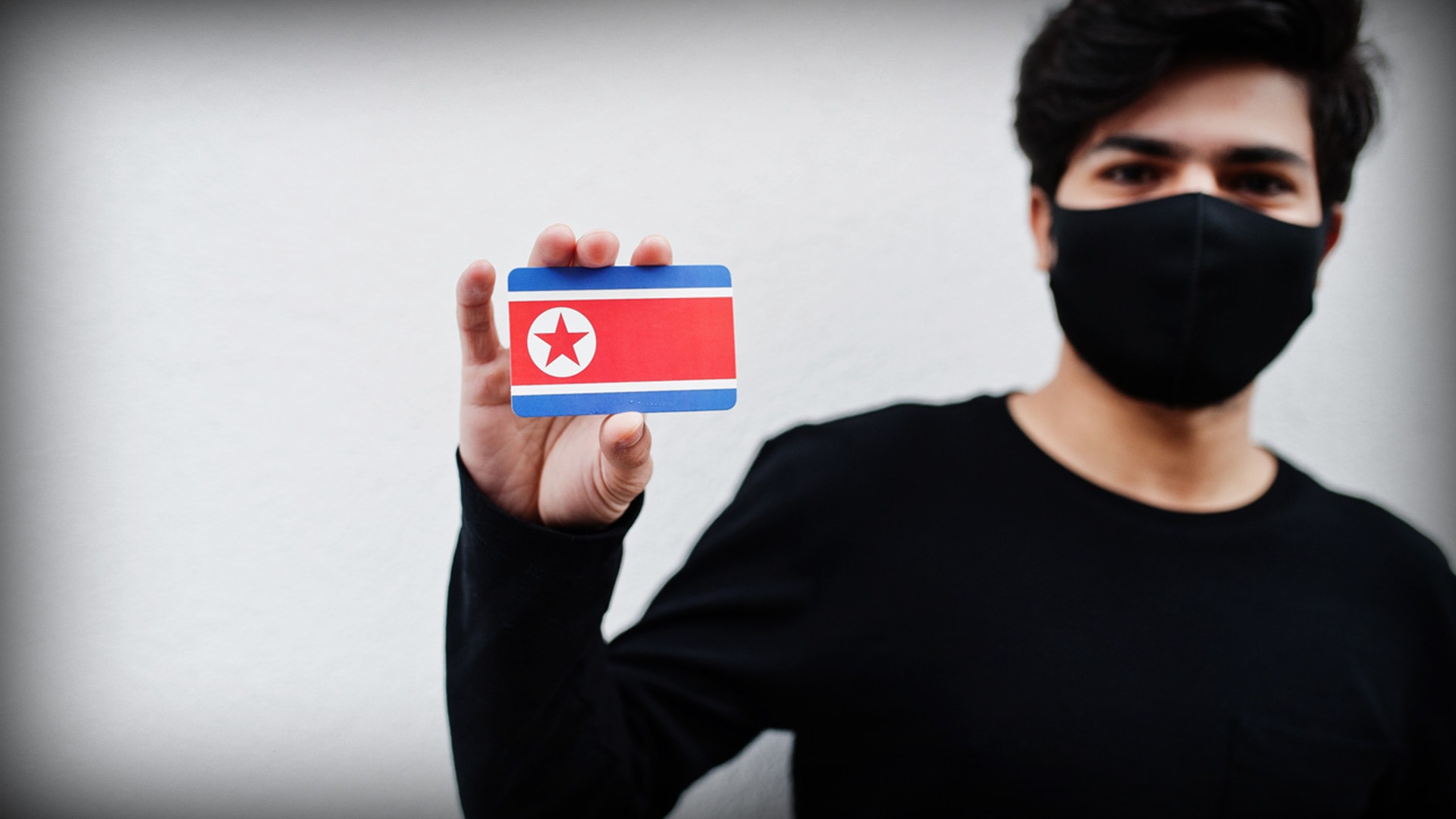[CTR Plus] Biomedical Cooperation with the DPRK in the Post-Pandemic Era
The DPRK Cooperation Threat Reduction (CTR+) initiative aims to address critical missing elements in the proposed denuclearization of North Korea.
Click on the links to the left-hand side to download the full report and presentation.
In this special report, “The Impact of COVID-19 on the DPRK’s Health System and Future Inter-Korean Biomedical Cluster Cooperation in the Post-Pandemic Era,” Dr. Sang Min Park discusses the impact of COVID-19 and the international sanctions regime on the DPRK healthcare system, trends in global health aid for the DPRK and the role of the ROK, and a future inter-Korean Biomedical Cluster Cooperation model in a post-pandemic era. The international community and ROK should care about health security in the DPRK since it relates to the stability of the regime, regional tensions, and the potential for conflict on the Korean Peninsula.
The DPRK suffers from a lack of healthcare financing which has led to a weakening of its public health system and increased marketization of healthcare practices. These trends have been exacerbated by COVID-19 and international sanctions, leading to the inequality of healthcare access between socioeconomic groups.
On addressing the risks of COVID, the DPRK has a strong public network of private healthcare through the “household doctor system” allowing for the rapid administration of vaccinations and quarantine. However, the healthcare system lacks the capacity to treat non-communicable diseases, comprising 79% of death from disease.
To address the need for healthcare financing, Global Health Initiatives such as the Global Fund and Global Alliance for Vaccines and Immunization (GAVI) have provided millions of dollars in financial assistance to the DPRK over the years. The downside of such reliance is that medical financing in the DPRK is sensitive to external changes.
To sustainably address the deficiencies of the DPRK healthcare system, Park proposes mutually beneficial cooperation between the two Koreas through the creation of an inter-Korean Biomedical Cluster.
Recommendations for a future inter-Korean Biomedical Cluster at the Demilitarized Zone (DMZ):
- The DPRK and the ROK can achieve great synergy if they were to work together on establishing a joint national disease management system and building an inter-Korean Biomedical Cluster that encompasses R&D, clinical activities, and industrialization at the Demilitarized Zone (DMZ) or other border areas.
- The DPRK has specialized in its own field of Korean medicine – Koryo medicine – and has considerable experience and expertise in developing drugs derived from natural products. If this expertise could connect with the pharmaceutical industry in the ROK, the DPRK and the ROK might be able to work together to raise global competitiveness in the field of naturally derived drugs, carrying out joint R&D projects and even establishing a new industry.
- A “One Health” hospital could be constructed, comprising of general hospitals for humans, veterinary clinics, plant clinics, and quarantine centers. General hospitals can treat various human diseases, while veterinary clinics could become centers for study of diseases that affect both humans and animals. Plant clinics could deal with pests that pose a threat to food security.
- In terms of industry, a center would be tasked with raising bio-venture startups for developing and manufacturing medical equipment with the help of technology appropriate for a developing country, new drugs, and the bio-agriculture industry. It would also serve as a platform for new industries and markets. Software and artificial intelligence developers could cooperate on developing digital healthcare systems.
- The bio-agricultural sector is also an important aspect of this cluster. A smart farming system should be developed in order to cultivate, manage, and harvest natural products for new drugs. Setting up a bio-agricultural complex would not only allow the production of plants for natural medicine, but also help the DPRK manage its food security through the bio-agricultural complex.
- The ROK’s sector and the DPRK’s sector can be connected by a “DMZ Peace Bridge” to allow a limited form of free exchange of staff and cooperation within a loop-shaped structure. If building the inter-Korean biomedical cluster in the DMZ is too difficult, then other bordering areas can be considered for the construction of airport-like structures on each side of the DMZ, where staff can go through a special entry system to process immigration procedures and move by trams to get to the other side.
Click on the adjacent link to download the full report.
At the third webinar of the CTR+ series, “CTR+ and Public Health in the DPRK,” Dr. Sang Min Park delivered a presentation based on his paper. Click on the adjacent link to download his presentation. You can also watch his presentation here.
About the Author
Dr. Sang Min Park received his M.D. and PhD degrees from Seoul National University (SNU) College of Medicine, and received his M.P.H. from School of Public Health, SNU, Seoul. He was a Takemi fellow at the Harvard School of Public Health, Boston, United States from 2007-2008. Dr. Sang Min Park joined SNU College of Medicine as an Assistant Professor in April 2009 and has been appointed as a chief of the department of Family Medicine since 2016. He is currently leading the health system data science lab at the Department of Biomedical Sciences and is the vice-director of the Institute for Health and Unification Studies of SNU. He was a member of the Advisory Committee on Policy and Governance toward North Korea, the National Assembly of South Korea (2013), and the Korea Advisory Committee on Immunization Practices, Korea Disease Control and Prevention Agency (since 2016).
Disclaimer: The opinions articulated above represent the views of the author(s) and do not necessarily reflect the position of the Asia Pacific Leadership Network or any of its members.
Image: Nicor, CC BY-SA 3.0 via Wikimedia Commons

![[CTR Plus] Biomedical Cooperation with the DPRK in the Post-Pandemic Era](https://cms.apln.network/wp-content/uploads/2021/10/KakaoTalk_Photo_2021-10-22-10-20-30-004.jpeg)
![[CTR Plus] Inter-Korean Cooperation Through NEAPHI](https://cms.apln.network/wp-content/uploads/2021/10/KakaoTalk_Photo_2021-11-01-16-57-26.jpeg)
